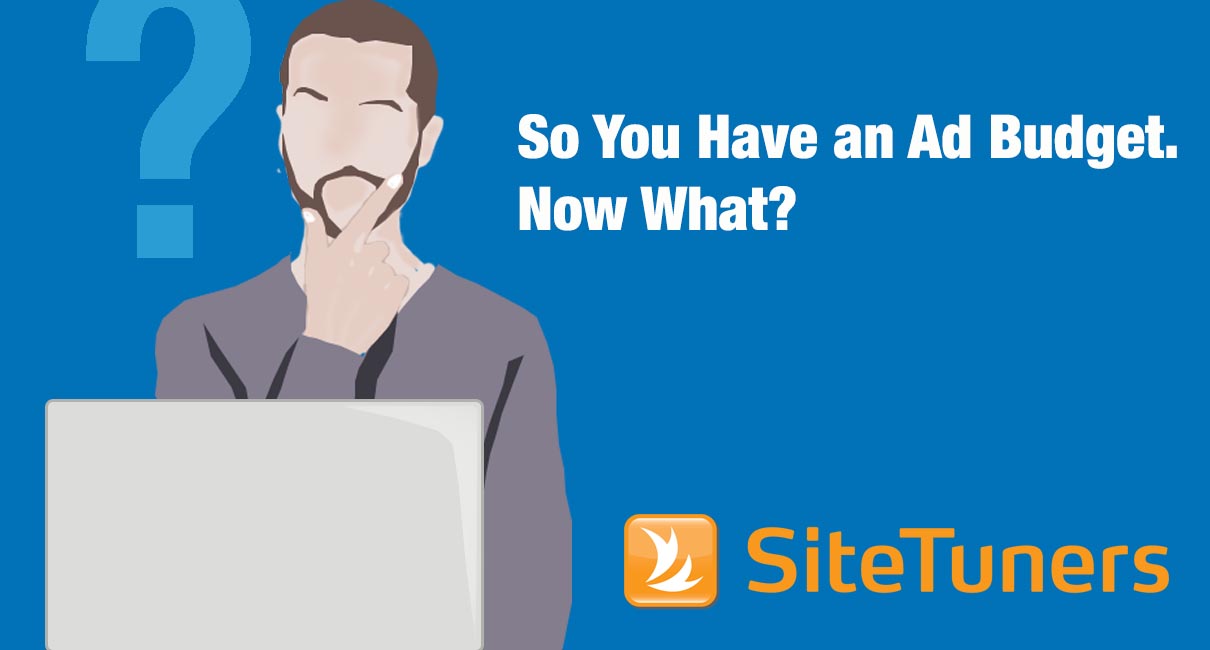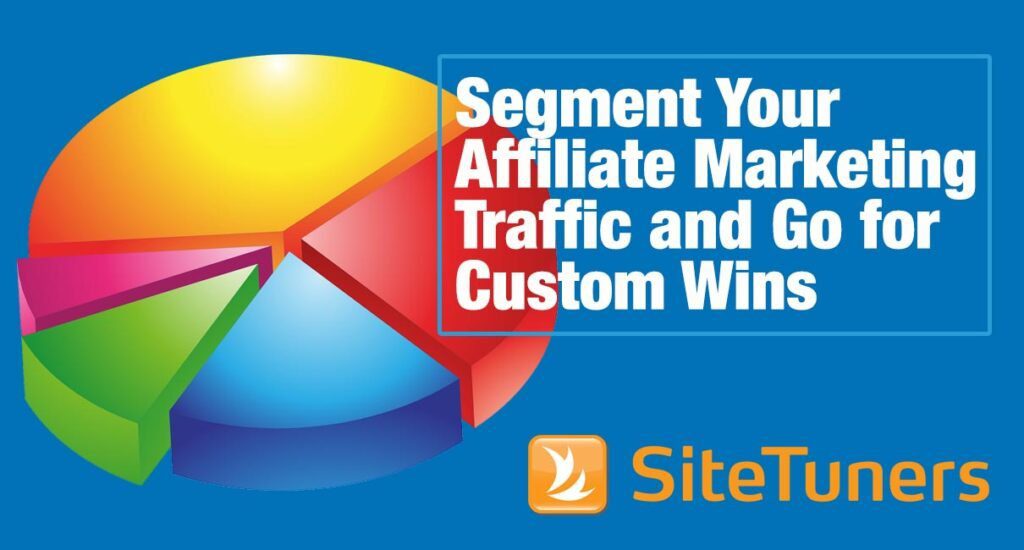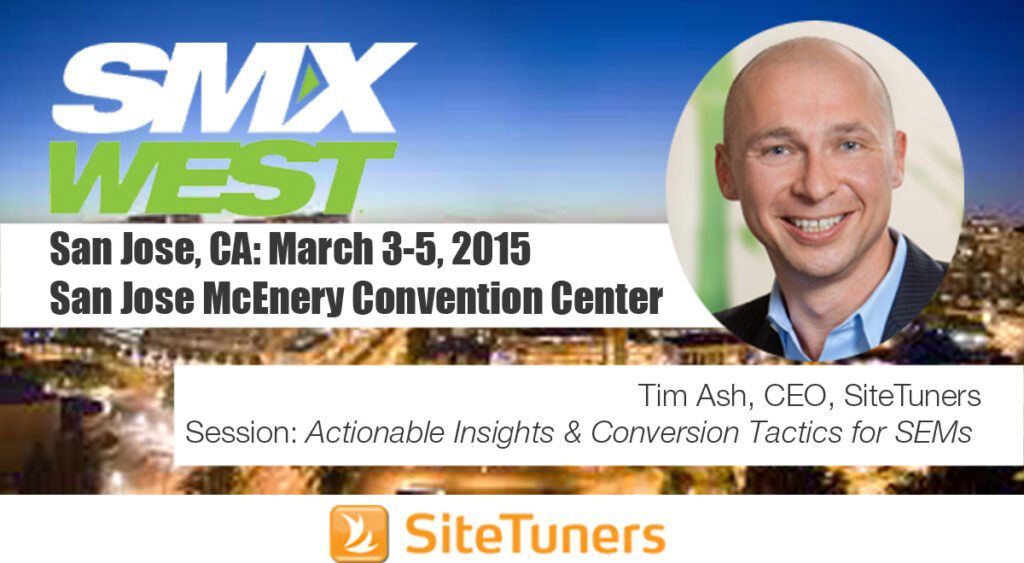
And then the weight hits you – there’s usability, and user mental models, and design guidelines, and color use, and concise copy and … and …
Relax – you’re actually at the fun bit. This is where the rewarding stuff is – and where you prove your conversion mettle.
Match the keyword to the ad copy, and the ad copy to the landing page
When you display an ad, there’s a trust-based relationship between you and your potential visitor, and it roughly reads like this: “The search term you used is what I’m talking about, both on the ad and on the page.”
This is where a lot of landing pages fail – either the same landing page is used for too many ads and compromises have been made to get them to match all of them, or nobody took the time to customize the ad copy and the landing page to precisely what the target visitor is searching for.
What some fail to realize is that while creating targeted messaging has costs associated, (designers and copy writers aren’t cheap, after all) effective ad click-through rates reduces cost-per-click — and ultimately, you’ll come out ahead.
Keep unnecessary elements out
So you say, well, all right, I’ll honor that pact with the visitor – my ad copy and landing page will be custom. Next up, your design elements – specifically, the lack of them. Be very, very careful about adding design elements, and remove as many of them as possible until you have only what you need.
People do not do a lot of reading on the web – most visitors scan. For this and many other reasons, one call to action is ideal – you don’t want several actions competing for limited user attention.
You also don’t want the visitor’s attention going into things like how you use color, or where your images are – colors (and very few of them) should be helping visitors find what you’re talking about. Images should be used where you want to “anchor” visitor attention.
Target demographic intent/motives
This is where all that product price point and demographic research will come into play. If you know the visitor intent, you can tailor your messaging to match the user’s mental model. Be empathetic – talk specifically to them. Use short videos of product reviews and testimonials to engage your visitors. When the page’s conversion goals align with the user’s motive, you’ve got some magic happening.
Test. Modify. Repeat.
There is no way to overstate this – your success in PPC (and SEO, and usability, and conversion design, etc.) is in all the refinements. Test with a vengeance. If you’re using Google Analytics Content Experiments, use it often. If you’re using custom testing software, use it often. If you’re using … you get the drift. Test, modify, test, modify and get going.
Now it’s your turn. Do you have any tips that we have not covered here? We’d love to hear your thoughts – leave us a comment.
Take your conversions to the next level.Learn how our experts at SiteTuners can help kickstart your conversion rate optimization process or get better results from your CRO efforts. Give us 30 minutes, and we’ll show you a roadmap to your digital growth! |


